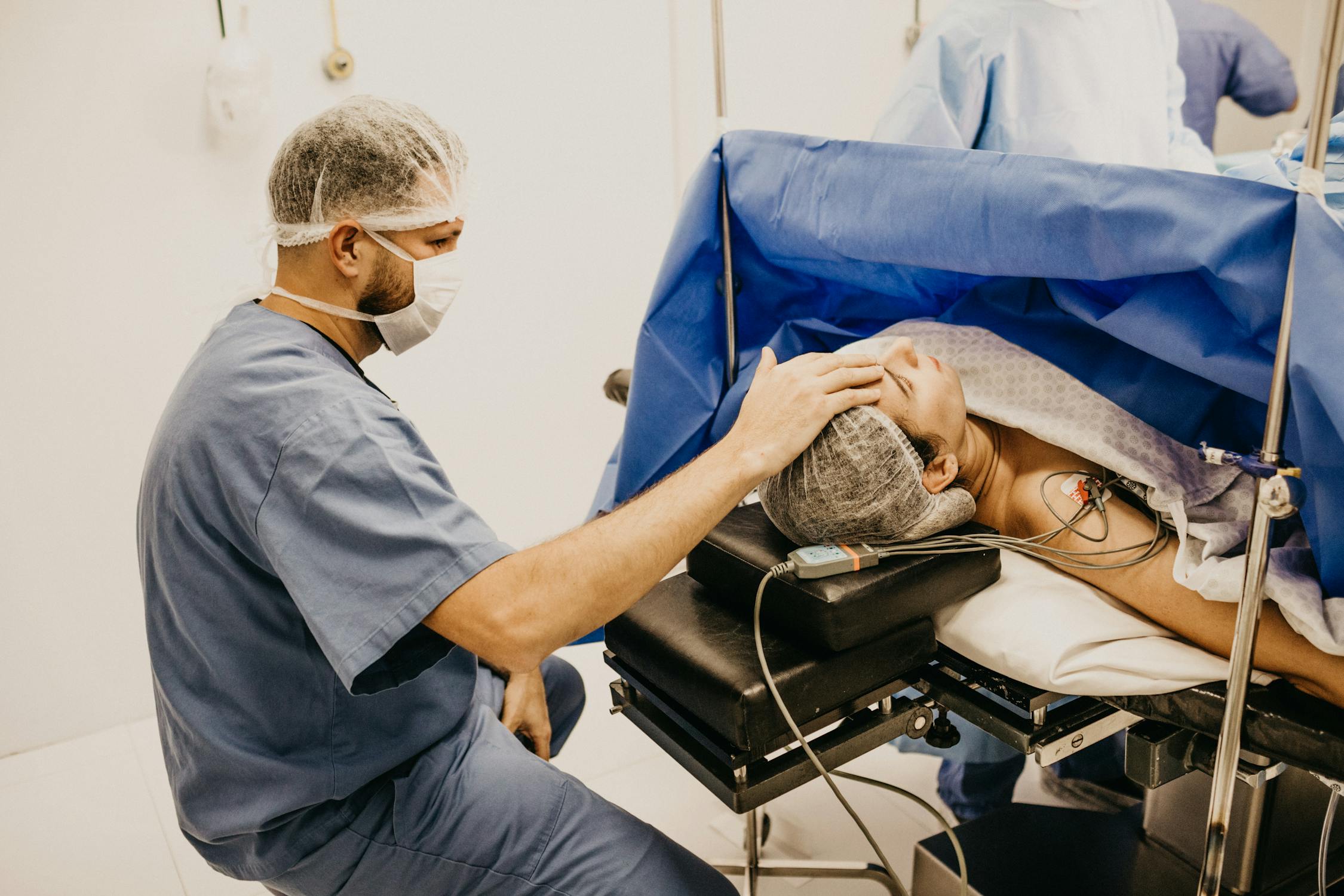Everything You Need to Know About Breast Augmentation Procedures
Breast augmentation is one of the most commonly performed cosmetic surgeries worldwide, but for those considering it, understanding the process can feel a bit like trying to decode a new language. Between the medical jargon, the variety of implant options, and all the decisions that need to be made, it’s natural to have questions. Let’s break it all down in simple terms so you can make an informed decision with confidence.

What Exactly Is Breast Augmentation?
At its core, breast augmentation is a surgical procedure designed to enhance or restore the size and shape of breasts. Whether someone is looking to add volume after weight loss, pregnancy, or simply wants to change their natural breast size, this surgery offers a tailored solution. Surgeons use either implants or fat transfer methods depending on the desired outcome. Think of it as customizing a pair of jeans, not everyone has the same needs or preferences, and this procedure allows for that level of personalization.
The two most common types of implants are saline and silicone. Saline implants are filled with sterile salt water and tend to be a popular choice because they can be adjusted during surgery for size precision. Silicone implants, on the other hand, are filled with a gel-like substance that many say feels more like natural breast tissue. Choosing between the two often comes down to personal preference and how natural you’d like the results to feel.
How Does the Procedure Work?
Before heading into surgery, your surgeon will guide you through multiple consultations to ensure you’re fully prepared. These conversations typically cover topics such as implant size (measured in volume rather than cup size), placement (above or below the chest muscle), and incision points (underneath the breast fold, around the nipple, or in the armpit). Each decision will impact both the recovery process and final look.
The surgery itself usually takes between one and two hours and is performed under general anesthesia. If implants are being used, your surgeon will create a pocket in your chest area where they’ll position them. With fat transfer procedures (also known as autologous fat grafting) fat is harvested from other areas of your body (like your abdomen or thighs), processed, and then injected into your breasts for a more subtle enhancement. This option appeals to those who prefer a more natural approach.
Post-surgery recovery is relatively straightforward but does require some downtime. Most patients can return to light activities within a week but are advised to avoid heavy lifting or strenuous exercise for about six weeks. Think of it like recovering from an intense workout, you need time for your body to heal properly before pushing yourself again.
Factors You Need to Consider
Choosing breast augmentation isn’t just about picking an implant; there’s a lot more at play. For instance:
- Your Lifestyle: Are you active? If so, certain implant placements may feel more comfortable for high-impact activities like running or weightlifting.
- Long-Term Maintenance: Implants aren’t lifetime devices. On average, they last 10-15 years before needing replacement or removal due to wear or changes in personal preferences.
- Cost: According to data from the American Society of Plastic Surgeons, the average cost of breast augmentation in 2023 was around $6,000-$12,000 in the U.S., depending on factors like location, surgeon expertise, and implant type.
- Health Considerations: A thorough medical evaluation is necessary before undergoing surgery. Conditions like autoimmune disorders or certain medications may affect eligibility.
It’s also worth discussing potential risks with your surgeon. While complications are rare when performed by board-certified surgeons, risks like capsular contracture (scar tissue forming around the implant) or implant rupture can occur.
Busting Common Myths
There are plenty of misconceptions floating around about breast augmentation that deserve clarification:
- "You can’t breastfeed after getting implants." Many women successfully breastfeed post-surgery. It largely depends on incision placement and whether milk ducts were affected during surgery.
- "Breast implants need replacing every 10 years." Replacement is only necessary if complications arise or if you wish to change sizes or materials.
- "All implants look fake." Modern advancements have made it possible to achieve highly natural results tailored to individual body types.
A good surgeon will prioritize addressing these myths during consultations so you have realistic expectations going into surgery.
Preparing for Surgery and Life Afterward
If you’ve decided that breast augmentation is right for you, preparation is key. Surgeons often recommend quitting smoking well in advance (nicotine can hinder healing) and stopping certain medications that could thin your blood. Setting up a recovery space at home with essentials like loose clothing and easy-to-prepare meals will make those first few days much smoother.
Post-surgery life varies from person to person depending on factors such as individual pain tolerance and lifestyle habits. Most patients experience some swelling or discomfort initially (comparable to sore muscles after trying a new workout routine) but this subsides over time. Regular follow-ups with your surgeon will ensure everything heals properly and that you’re satisfied with the results long-term.
If breast augmentation has been on your mind for some time now, it’s worth exploring further by consulting with a trusted professional who specializes in this area. The process involves important decisions that should align not only with aesthetic goals but also with lifestyle needs and health considerations. Armed with research and expert guidance, you'll be better equipped to take that next step with confidence, whatever that step may be.
